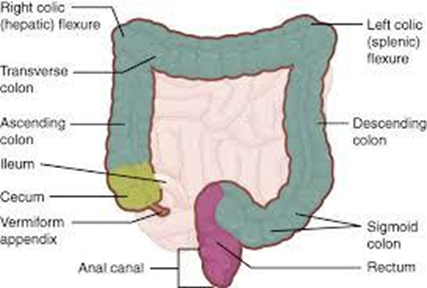Which of the following substances triggers a hypersensitivity reaction?
Pathogen
Allergen
Immunogen
Fibrinogen
The Correct Answer is B
a. Pathogen: A pathogen is a disease-causing organism like bacteria, virus, or parasite. It can trigger an immune response, but not necessarily a hypersensitivity reaction.
b. Allergen: An allergen is a foreign substance (like pollen, dust mites, or food) that can trigger an immune response in an already sensitized individual. This response can lead to allergy symptoms like hay fever or anaphylaxis
c. Immunogen: An immunogen is any substance that can trigger an immune response, but not necessarily a hypersensitivity reaction. It can be a pathogen, allergen, or other foreign substance.
d. Fibrinogen: Fibrinogen is a blood protein involved in blood clotting, not allergic reactions.
Nursing Test Bank
Naxlex Comprehensive Predictor Exams
Related Questions
Correct Answer is C
Explanation
a: Basal ganglia - The basal ganglia are involved in motor control and coordination but not in respiratory regulation.
b: Parietal lobe - The parietal lobe is involved in sensory processing and spatial awareness but not in respiratory regulation.
c. Medulla: The medulla oblongata, specifically the respiratory center within it, is responsible for the involuntary control of respiration, including setting the basic rhythm of breathing and responding to changes in blood pH and oxygen levels.
d: Hypothalamus - The hypothalamus regulates various physiological processes, including temperature regulation and hormone secretion, but not respiration.
Correct Answer is B
Explanation
a. Splenic flexure: This is the bend between the transverse and descending colon on the left side, also known as the left colic flexure.
b. Right colic flexure: The hepatic flexure, also known as the right colic flexure, is the bend between the ascending and transverse colon near the liver.

c. Pontine flexure: This refers to a bend in the developing brainstem, not the colon.
d. Left colic flexure: This is another name for the splenic flexure, not the hepatic flexure.
Whether you are a student looking to ace your exams or a practicing nurse seeking to enhance your expertise , our nursing education contents will empower you with the confidence and competence to make a difference in the lives of patients and become a respected leader in the healthcare field.
Visit Naxlex, invest in your future and unlock endless possibilities with our unparalleled nursing education contents today
Report Wrong Answer on the Current Question
Do you disagree with the answer? If yes, what is your expected answer? Explain.
Kindly be descriptive with the issue you are facing.
